Gagan Dhiman is a wedding and Army photographer based out of Roseville, California. His experience as an Army photographer while on deployments to places like Afghanistan gives him a unique perspective on adapting his approach to different shoots. Here, he describes his approach, and how he uses Exposure as a versatile photo editor to handle these two styles.
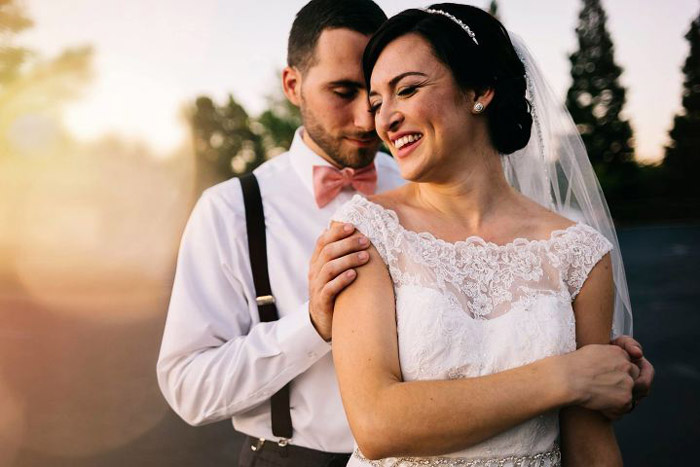
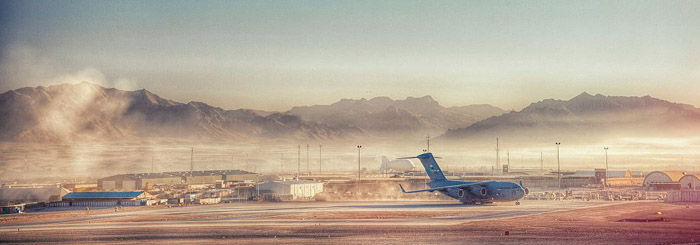
How did you get started in photography?
My wife got me my first camera, a basic Canon Rebel. Before that, I’d lived in Mexico as a missionary for about seven months and during that time I took some photographs for the ministry. But it wasn’t until 2008 when my mom passed away of cancer that I really started shooting. I realized I didn’t have any photographs of just my mom and me. So it became very critical for me to start capturing moments in people’s lives.
In the first two months I bet I shot close to 20,000 photographs. Most of them were really bad.
You know the saying: To be successful at something, you have to do it 10,000 times before you get better at it. I think anything you do in life, as long as you are passionate about it, you will be successful. You’ve got to have the will to fail.
Can you describe how you shoot?
I like to capture the raw emotions that you see in the human eye, the emotions that people have when they experience life. Both the happy and the sad. With the weddings I shoot, there’s so much emotion going on, and I absolutely love capturing that.
I’m very hands-off when I shoot. I go in with a pure eye of curiosity to capture what the emotions will be.
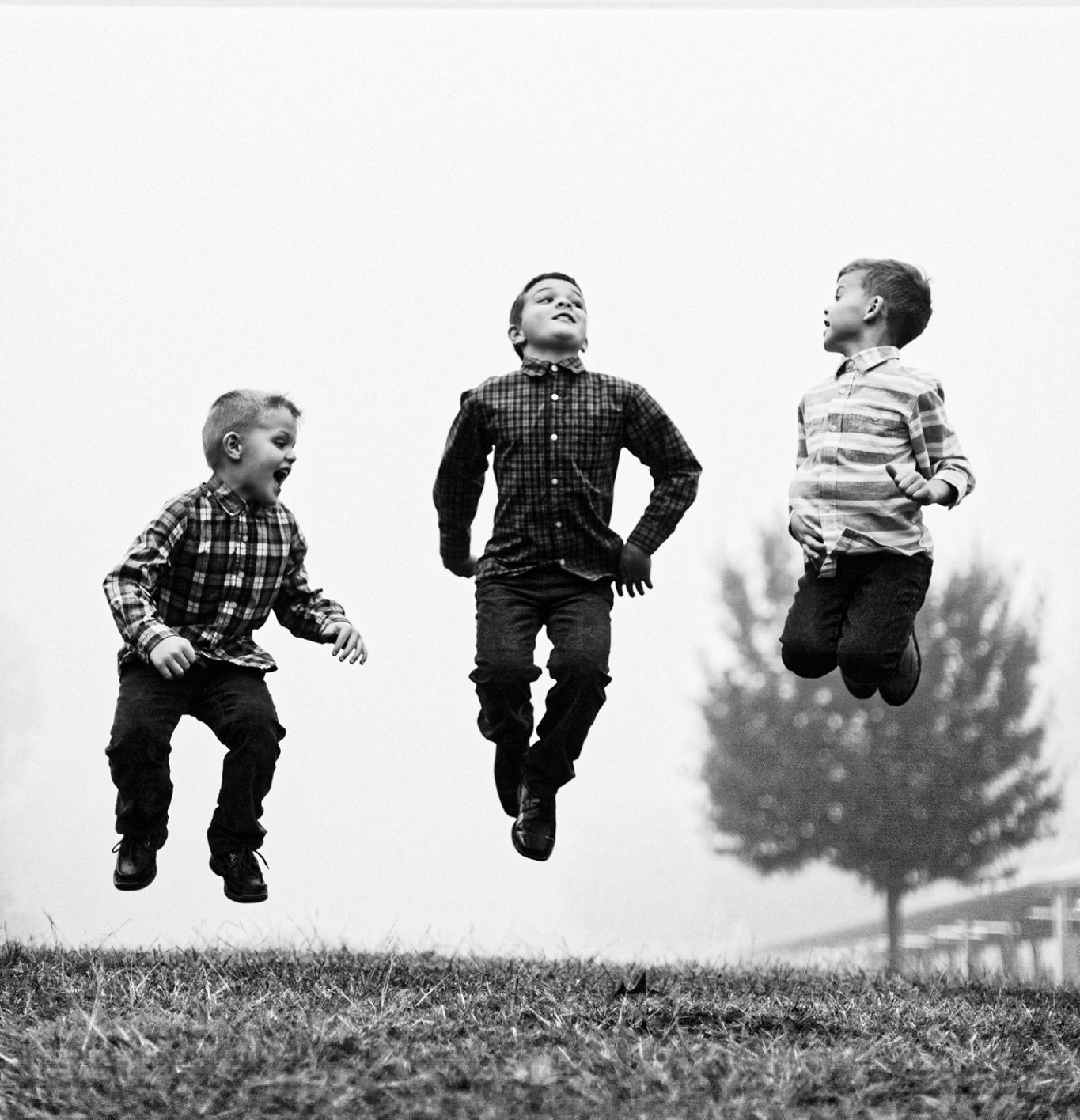
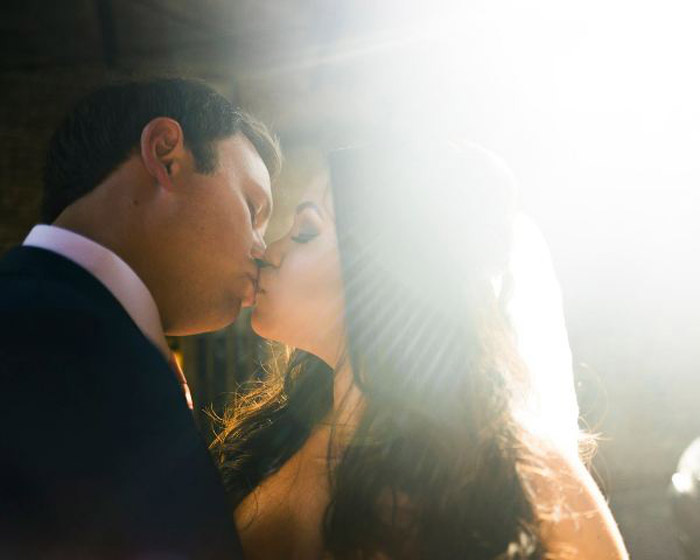
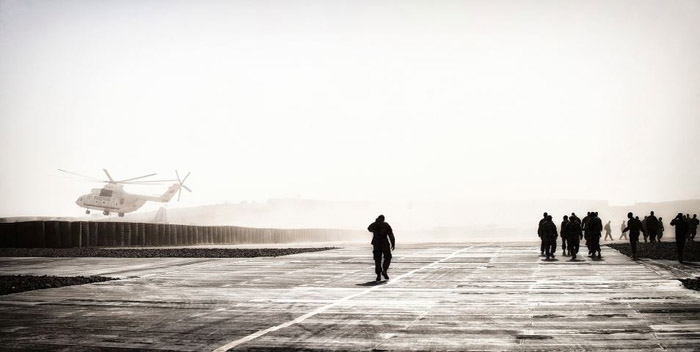
How do you adapt to different shooting situations?
To be able to capture something, you have to adapt to the surroundings that you’re in. For me, being a combat photographer in the Army, that’s kind of what I bring to the wedding. When I shoot in the Army, I have no idea what’s going to happen when I go out on deployment. I’m in the middle of it, capturing it all. So I stay curious, and ready.
Being a combat photographer has made me much more confident about my ability to capture what’s happening around me in any situation. One of the things that I’ve learned is how to be in a hectic situation or stressful situation, and to stay calm and take control.
One thing that helps is that I’m always curious what’s going to happen next, for the next shot. And I think because of that, I end up capturing moments that other wedding photographers might not see.
At weddings, I operate kind of like a fly on the wall, or a person in the room who’s just observing. And because of that, I capture the conversations people are having, the laughter, the joy, the feelings.
During a wedding ceremony, I shoot more closely to my subjects. Because I use prime lenses only, I let the bride and groom know ahead of time that I’d like to be behind the bridesmaids, the groomsmen, even behind the officiant, if there is space. Being able to capture the bride’s face when she’s hearing the wedding vows from her soon-to-be husband is priceless. Same thing with the reception. I become like one of the guests. I’ll even bust out some dancing.
How does Exposure fit into your workflow?
Exposure is essential for me. No matter what I shoot, I always run it through Exposure, since it is a really complete, versatile photo editor.
I also find Exposure very easy to use, and that it adapts to the styles I shoot. All the components – the presets, the editing panels, the organizing…they make editing so much easier. Being able to pull the actual RAW file up directly into Exposure is fantastic. Not having to import or make a catalog, those are extra steps that I don’t have to take.
Visually, I like how I can make my colors really pop for my wedding work, or I can make more subtle adjustments in my combat shoots.
So, I use Exposure as a complete photo editor, for every step in my work. The only time I’m using the Photoshop is if I have to make some drastic change.
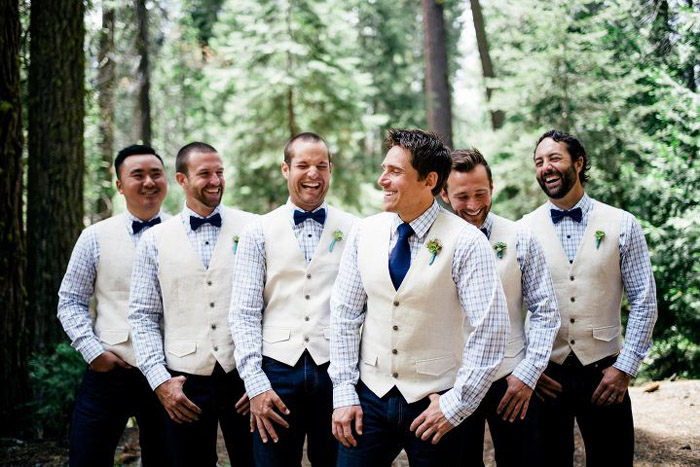
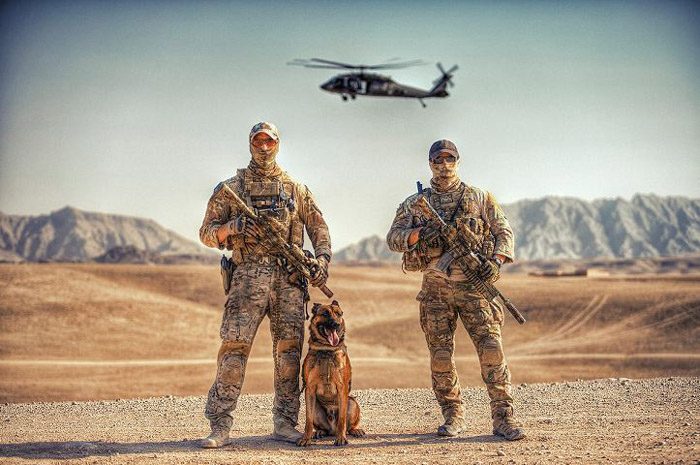
Does your editing and organizing workflow change depending on your shoot, like a wedding shoot compared to an army shoot?
Yes, for the Army shoots I don’t really do too much of post processing, so I tend to use Exposure to edit lightly. The neat thing is that I have different custom presets that I have saved in Exposure so that really helps out. There are presets for my army shoots, and presets for my wedding shoots. That helps me organize my workflow. It also helps keep the consistency in my work.
With my wedding photography, the photos look more dramatic, more colorful.
Exposure makes it very easy for me to quickly switch back and forth between these different looks in my shoots. This makes my editing life very easy.
Are there any features in Exposure that you find especially helpful?
I like the new spot healing tool in Exposure X2. I find that very easy to use compared to Photoshop. In Exposure, I can control the opacity and the feathering way faster than in Photoshop.
I think this is the only software that I know that actually is using traditional camera lens profiles to create some of the bokeh presets.
I love the Ilford Delta 3200 film preset in Exposure. I’ve shot that film and being able to mimic it is great. It’s great to have all these films that I can tweak exactly how I want to.
I sometimes like to convert a color photograph to black and white and make it look like it was Ilford Delta 3200. I think that itself made me a better photographer, being able to understand how to edit the foreground. Understanding that, even in B&W photographs, colors still matter. If you adjust the blue, it’s going to change how light or dark the sky becomes.
I love the fact that I can set favorites, which is really helpful because I sometimes wonder what I did with my adjustments. It helps me edit future photos to get the same look.
The fact that Exposure lets you control the conversion from color to black and white, to blend them, lets you get a more subtle look.
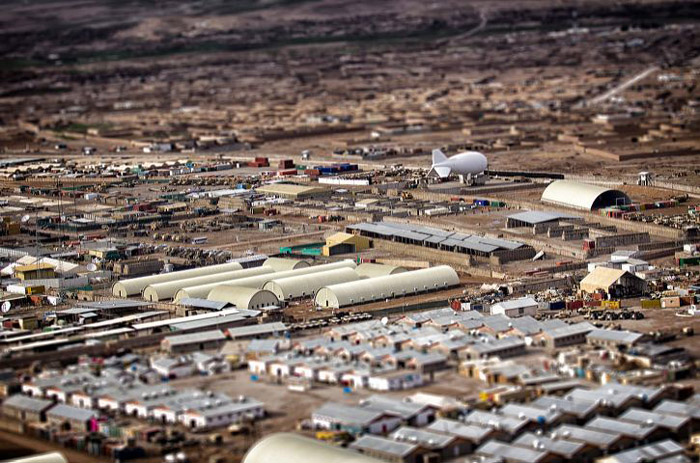

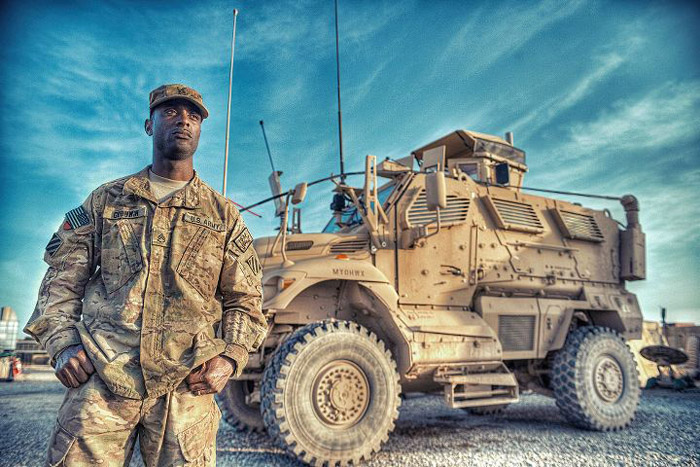
Are there any ways that Exposure has sped up your workload?
Sometimes software is really laggy. But the whole editing process in Exposure is fast. I open my RAW image on my drive, choose a preset, make minor adjustments, and I’m good to go. That’s huge for me, in terms of making it faster. No more having to go through Camera RAW into Photoshop and then into Exposure and then back to Photoshop. For me, Exposure is a complete, versatile photo editor.
To see learn more about Gagan, visit his site.
Try Exposure Today












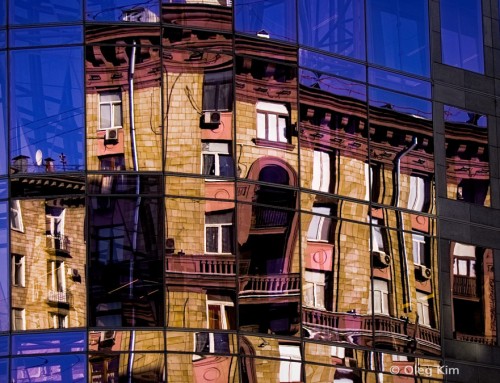
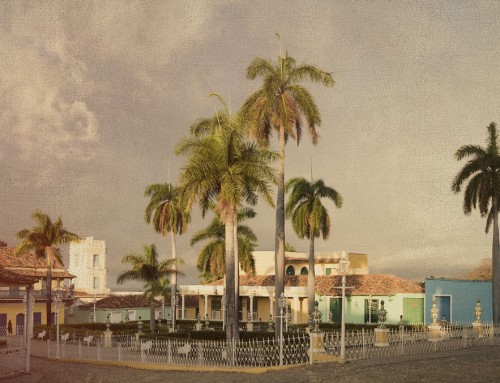
The lack of Lag that Exposure enables is fantastic, even on older devices. It just allows you to flick backwards and forwards to try things out without getting frustrated with equipment running slow which kills the creative process! I love it.